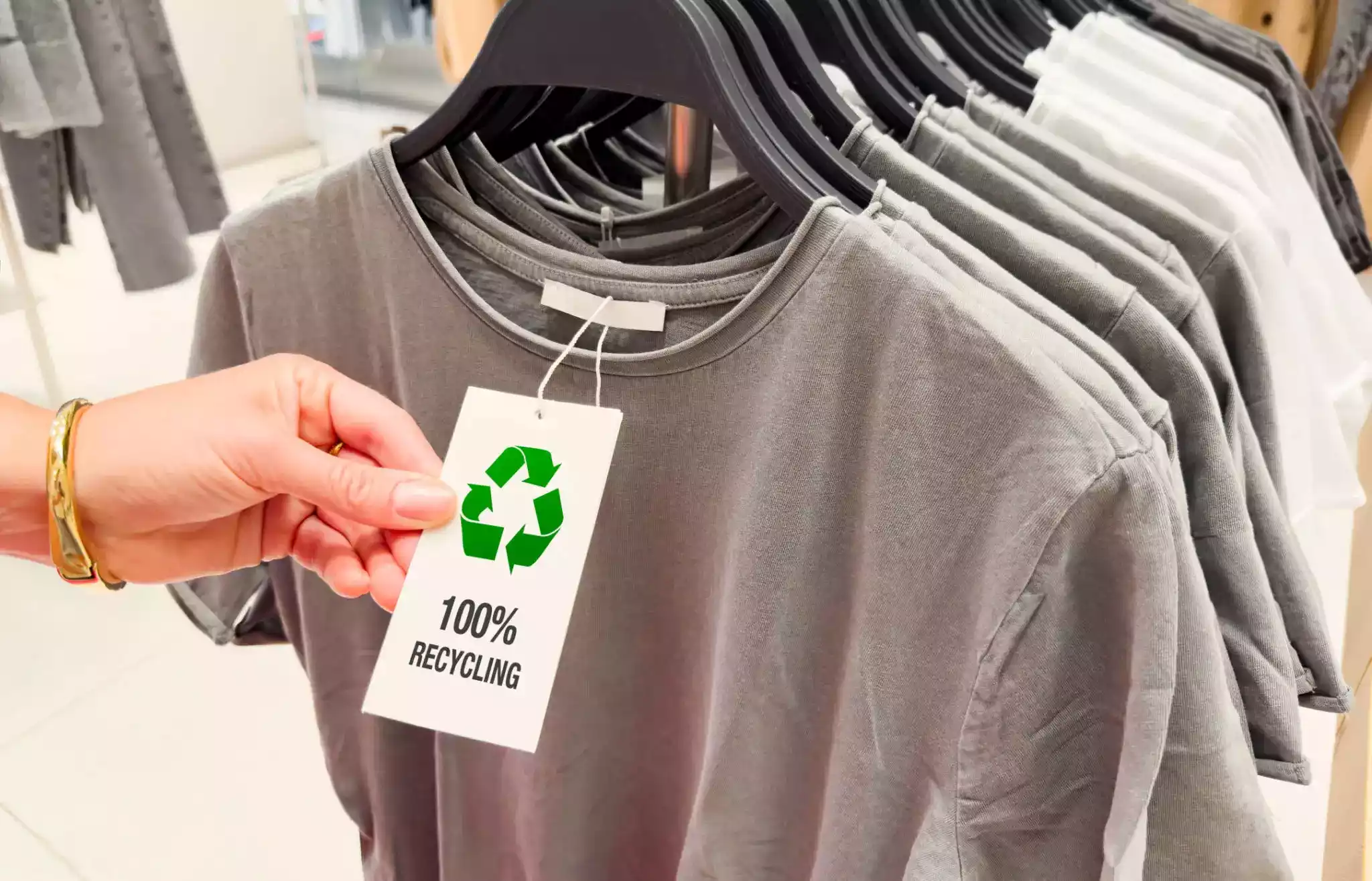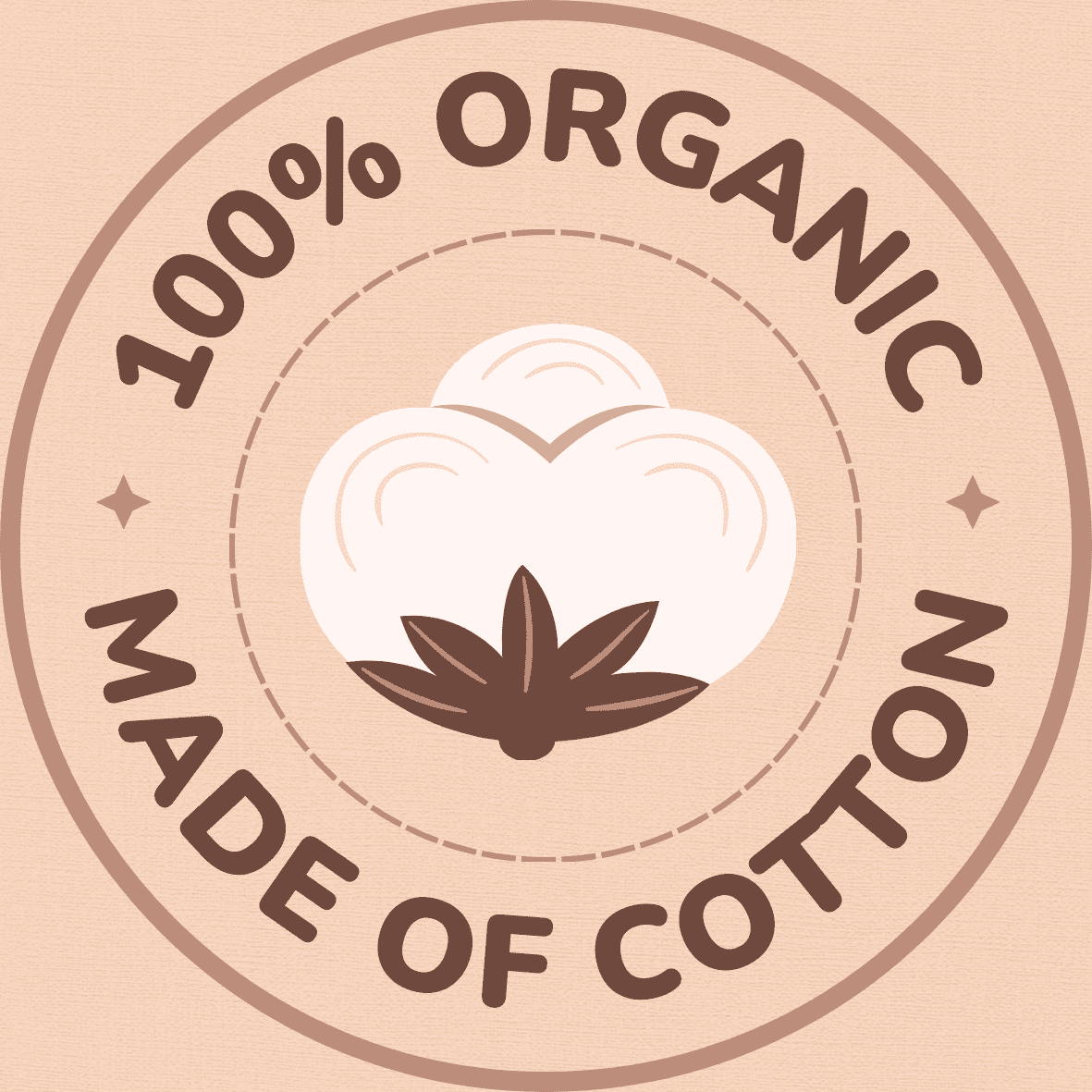Plongez dans l'univers de knitwear manufacturing and witness the magic of intricate designs and superior artistry.
The Rich History of Knitwear Manufacturing: Exploring its Origins and Evolution
The history of knitwear manufacturing dates back centuries, with evidence of early knitted fabrics found in ancient Egypt. However, it was during the Industrial Revolution in the 18th century that the knitwear industry truly flourished. With the invention of the knitting frame, it became possible to produce large quantities of knitted garments quickly and efficiently.
As the demand for knitwear grew, specialized knitwear manufacturers emerged, particularly in the United States. These knitwear manufacturers played a crucial role in the evolution of the industry, pushing boundaries and experimenting with new techniques and designs. In fact, many renowned fashion houses today owe their success to collaborations with these innovative knitwear manufacturers. From intricate cable knits to seamless constructions, their expertise and craftsmanship continue to shape the world of knitwear fashion.
The Art of Choosing the Right Materials: Understanding the Importance of Yarn Selection in Knitwear Manufacturing
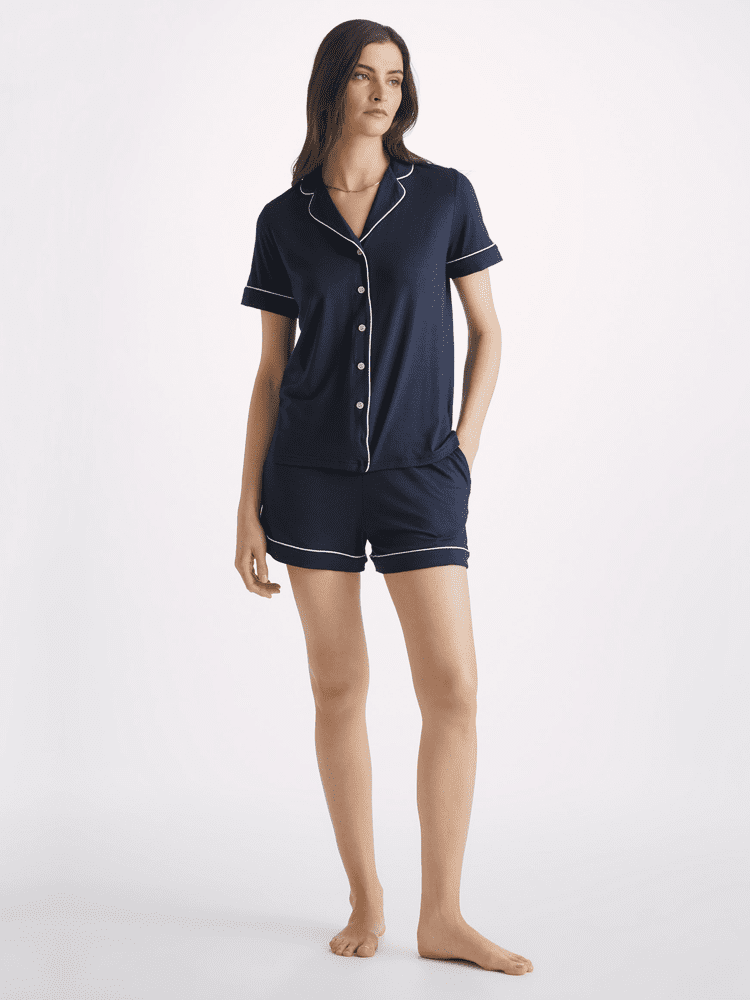
The art of choosing the right materials is a critical aspect of knitwear manufacturing. Custom knitwear manufacturers understand the importance of selecting high-quality yarns that will not only enhance the final product but also ensure durability and comfort. The fully fashioned knitwear manufacturing process requires expert knowledge in identifying yarns that have the right weight, texture, and stretch.
Italian knitwear manufacturers, in particular, have long been recognized for their impeccable taste in yarn selection. They meticulously source natural fibers such as cashmere, merino wool, and alpaca, which not only offer luxurious softness but also excellent thermal insulation. The use of premium yarns is crucial in creating knitwear pieces that are not only aesthetically pleasing but also timeless in their appeal. The attention to detail in yarn selection is what sets Italian knitwear apart and contributes to their reputation for producing some of the finest quality garments in the world.
From Sketch to Reality: Unveiling the Design Process in Knitwear Manufacturing
The design process in knitwear manufacturing is a crucial step in bringing a concept to life. Whether it’s a cozy sweater or a stylish scarf, the skill and creativity of designers play a significant role in shaping the final product. Knitwear manufacturers in the UK, for example, work closely with designers to understand their vision and translate it into practical designs that can be produced on a larger scale. This collaboration involves sketching and refining ideas, considering technical aspects such as stitch patterns and yarn selection, and ensuring that the design is both aesthetically pleasing and commercially viable.
Across the globe, knitwear manufacturers in South Africa also embrace the importance of the design process. By utilizing their expertise and local resources, they bring a unique touch to their creations. The designers work closely with the manufacturers to develop prototypes based on the initial sketches, making adjustments as necessary to ensure the design’s integrity. The goal is to create garments that not only showcase the beauty of the country’s culture and heritage but also meet the demands of the market. This attention to detail and commitment to quality is what sets knitwear manufacturers apart and allows them to stay competitive in the ever-evolving fashion industry.
• Knitwear manufacturers in the UK collaborate closely with designers to understand their vision and translate it into practical designs that can be produced on a larger scale.
• The design process involves sketching and refining ideas, considering technical aspects such as stitch patterns and yarn selection.
• Designers ensure that the final design is both aesthetically pleasing and commercially viable.
• Knitwear manufacturers in South Africa also prioritize the design process, utilizing their expertise and local resources to bring a unique touch to their creations.
• Designers work closely with manufacturers to develop prototypes based on initial sketches, making necessary adjustments to maintain the integrity of the design.
• The goal is to create garments that showcase the beauty of South Africa’s culture while meeting market demands.
• Attention to detail and commitment to quality set knitwear manufacturers apart in the fashion industry.
The Role of Technology in Modern Knitwear Manufacturing: Innovations and Advancements
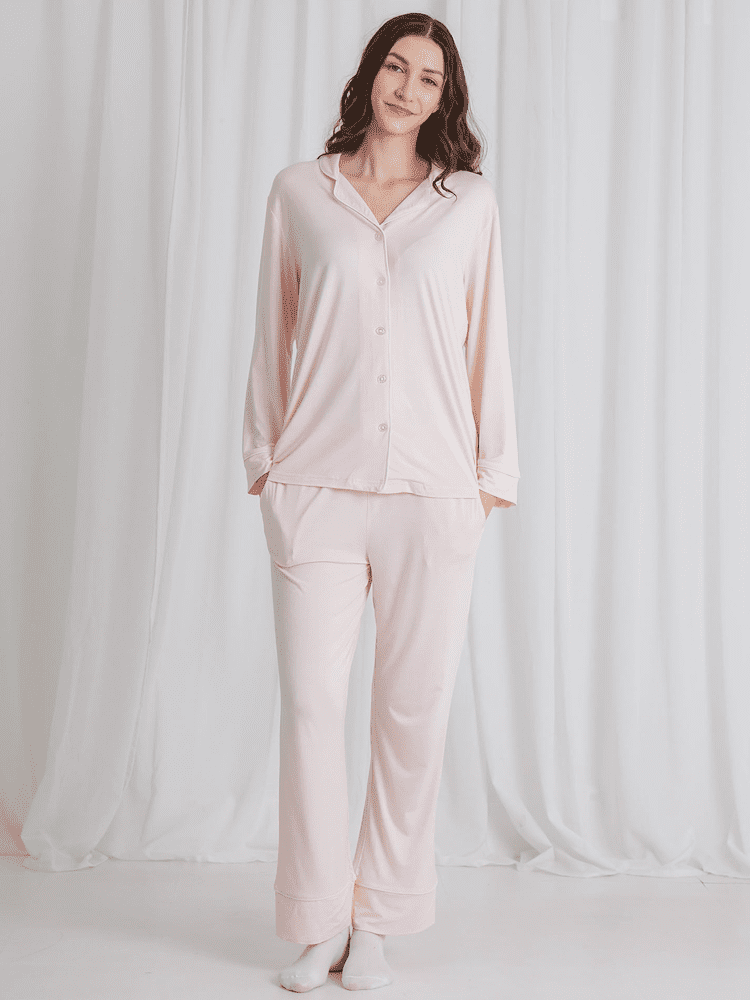
In today’s modern knitwear manufacturing industry, technology has revolutionized the way products are made. Knitwear manufacturers in countries like New Zealand, Australia, and Scotland have embraced technological innovations and advancements to streamline their production processes and enhance overall efficiency. From state-of-the-art knitting machines to computerized pattern design software, the role of technology in knitwear manufacturing cannot be overstated.
One of the key innovations in modern knitwear manufacturing is the use of computerized knitting machines. These machines, equipped with advanced programming capabilities, have significantly increased production speed and accuracy. Knitwear manufacturers in New Zealand, Australia, and Scotland now have the ability to create intricate patterns and complex designs effortlessly. The integration of computerized knitting machines into the manufacturing process has not only improved productivity but also ensured consistent quality across all products. Additionally, these machines allow for optimal utilization of resources, reducing waste and ultimately making the production process more environmentally friendly.
Behind the Scenes: A Glimpse into the Knitwear Manufacturing Process
The behind-the-scenes operations of a knitwear manufacturing process are intricate and complex, requiring precision and expertise at every step. One of the prominent players in the industry is Italy, known for its rich heritage and craftsmanship in knitwear manufacturing. Italian knitwear manufacturers have a deep-rooted passion for their craft, with generations of artisans honing their skills to create exquisite garments. They excel in creating luxury knitwear pieces that exude elegance and sophistication, making Italy a go-to destination for fashion connoisseurs.
On the other side of the globe, China has also emerged as a prominent player in the knitwear manufacturing industry. With its vast production capabilities and affordable labor, Chinese knitwear manufacturers are able to cater to a wide range of consumer demands. Leveraging their technological prowess and efficiency, they are able to produce knitwear garments on a massive scale, making China a key player in the global supply chain.
Europe, as a whole, boasts a diverse range of knitwear manufacturers, each with their own unique style and approach. From the Nordic countries like Sweden and Norway, known for their cozy and warm knitwear designs, to the fashion-forward cities of London and Paris, European knitwear manufacturers bring creativity and innovation to the industry. With a focus on sustainability and ethical production practices, European knitwear manufacturers are dedicated to creating high-quality garments that stand the test of time.
Through the lens of these knitwear manufacturers in Italy, China, and Europe, we can gain a glimpse into the diverse and dynamic nature of the knitwear manufacturing process. From the traditional craftsmanship of Italy to the mass production capabilities of China, and the innovation and sustainability of European manufacturing, each region contributes its own unique flavor to the world of knitwear. Stay tuned as we delve deeper into the intricacies and artistry that go into creating the garments we adore.
Mastering the Craft: The Skills and Techniques Required for Successful Knitwear Manufacturing
To become a successful knitwear manufacturer, one must possess a range of skills and techniques that are essential to the craft. Attention to detail, precision, and a deep understanding of fabrics and textures are among the key attributes needed. Knitwear manufacturers in Spain, for example, often excel in combining traditional techniques with modern innovations to create unique and high-quality garments. From crafting intricate cable patterns to utilizing intricate lace stitches, the artisans of Spain have mastered the art of creating exquisite knitwear.
In addition to technical skills, a successful knitwear manufacturer must also possess a keen sense of design and creativity. Collaborating with designers and understanding their vision is crucial in producing garments that are both fashionable and commercially viable. The ability to work closely with materials and textures is also essential for achieving the desired outcomes. Fabricants de vêtements, such as those in Ireland, are known for their expertise in using a variety of yarns, from luxurious merino wool to fine cotton blends. These manufacturers understand how to manipulate yarns to create different effects, such as achieving drape or structure, and how to choose the right combination of colors to enhance the overall aesthetic appeal of the knitwear.
Sustainable Knitwear Manufacturing: Exploring Eco-Friendly Practices and Materials
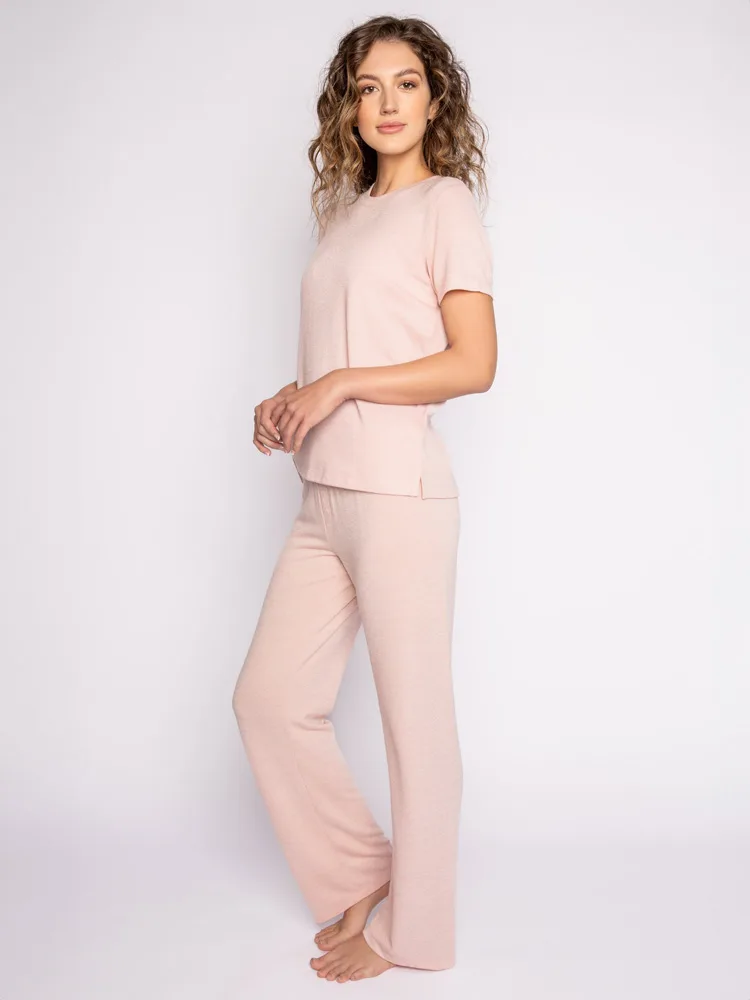
In today’s fashion industry, sustainability has become a top priority for many businesses, including those in the knitwear manufacturing sector. Baby knitwear manufacturers, bespoke knitwear manufacturers, and even Canadian knitwear manufacturers are all recognizing the need to embrace eco-friendly practices and materials in order to reduce their environmental impact. From choosing sustainable yarns to implementing ethical production processes, these manufacturers are committed to creating knitwear that is both fashionable and environmentally responsible.
One key aspect of sustainable knitwear manufacturing is the use of eco-friendly materials. Instead of traditional synthetic fibers, manufacturers are opting for natural and organique options such as organic cotton, bamboo, and hemp. These materials are not only biodegradable but also require less water and energy to produce, making them more environmentally friendly choices. Additionally, some manufacturers are even using recycled fibers and yarns, further reducing their carbon footprint. However, it’s important to note that while using eco-friendly materials is crucial, the entire manufacturing process also needs to be considered in order to achieve true sustainability.
Quality Control in Knitwear Manufacturing: Ensuring Excellence in Every Stitch
Quality control is a critical aspect of knitwear manufacturing, ensuring that each stitch meets the highest standards of excellence. Whether it is a small Brooklyn knitwear manufacturer, large Chinese knitwear manufacturers, or a custom knitwear individual manufacturer, maintaining quality throughout the production process is essential.
To ensure excellence in chaque point, companies employ a range of quality control measures. These include rigorous inspection of raw materials, such as yarns and fabrics, to guarantee they meet the required standards. During the manufacturing process, skilled professionals closely supervise production lines, examining each garment for any defects or inconsistencies. Additionally, advanced technology is utilized to conduct thorough testing, such as checking colorfastness and durability. By implementing these quality control practices, knitwear manufacturers can uphold their reputation for delivering exceptional products to customers worldwide.
The Global Impact of Knitwear Manufacturing: Tracing the Journey from Factory to Consumer
The global impact of knitwear manufacturing encompasses a vast network of manufacturers, suppliers, and consumers. From the traditional French knitwear manufacturers, known for their exquisite craftsmanship and attention to detail, to the innovative Italian knitwear manufacturers, pushing the boundaries of design and technology, the journey from factory to consumer is a complex one.
French knitwear manufacturers have long held a reputation for producing some of the finest knitwear in the industry. With their rich heritage and time-honored techniques, they continue to uphold the traditions that have been passed down through generations. Their use of high-quality natural fibers and meticulous hand-finishing techniques ensures that each piece is a work of art. On the other hand, Italian knitwear manufacturers are renowned for their avant-garde designs and cutting-edge manufacturing processes. The combination of traditional craftsmanship with modern technology allows them to create knitwear that is not only visually stunning but also versatile and durable. The journey from factory to consumer involves a seamless collaboration between these manufacturers, suppliers, and retailers, ensuring that the finished product reaches the hands of fashion-conscious consumers across the globe.
No matter the origin or destination, the global impact of knitwear manufacturing is undeniable. The intricate process that takes place behind the scenes, from sourcing the finest materials to the skilled craftsmanship involved in creating each garment, is a testament to the dedication and expertise of the industry. It is through this journey that knitwear evolves from a simple idea to a wearable piece of art, reflecting the creativity and vision of its creators. As consumer demand for sustainable and ethically produced garments continues to rise, knitwear manufacturers must adapt and embrace eco-friendly practices and materials. By doing so, they contribute to a more responsible and considered fashion industry, where the impact on the environment is minimized, and the journey from factory to consumer is one of conscious consumption.
Fashion Forward: Trends and Influences in the World of Knitwear Manufacturing
Fashion trends and influences play a significant role in shaping the world of knitwear manufacturing. As the fashion industry constantly evolves, knitwear designers and manufacturers strive to stay ahead of the curve by keeping a keen eye on emerging trends and incorporating them into their designs. One of the current trends in knitwear manufacturing is the use of sustainable and eco-friendly materials. With increasing awareness of the environmental impact of the fashion industry, consumers are seeking out brands that prioritize sustainability. As a result, many knitwear manufacturers are opting for organic yarns, recycled fibers, and natural dyes to create their garments, meeting the growing demand for environmentally conscious products.
In addition to sustainability, the fashion-forward focus in knitwear manufacturing also extends to innovative design techniques and unique textures. Designers are experimenting with unconventional knitting patterns, such as cable knits, lace knits, and color blocking, to add depth and visual interest to their creations. Moreover, the fusion of different materials in knitwear manufacturing has become a prominent trend. Combining traditional yarns with unconventional materials like leather, feathers, or even metal accents can create unexpected textures and elevate the overall aesthetic of the garment. These innovative approaches in design and material selection not only cater to consumers’ desire to stand out but also showcase the creativity and expertise of knitwear manufacturers in pushing the boundaries of traditional knitting techniques.
FAQ
What is the history of knitwear manufacturing?
The history of knitwear manufacturing dates back centuries, with the earliest known knitted garments found in Egypt and Europe. Knitting techniques evolved over time, and the industrial revolution in the 18th century greatly advanced the production of knitwear.
Why is yarn selection important in knitwear manufacturing?
Yarn selection is crucial in knitwear manufacturing as it determines the quality, appearance, and performance of the final product. Different types of yarns have varying characteristics, such as elasticity, warmth, and durability, which can greatly influence the overall design and functionality of the knitwear.
How does the design process work in knitwear manufacturing?
The design process in knitwear manufacturing involves translating creative ideas into tangible garments. It includes sketching and creating technical drawings, choosing suitable stitches and patterns, and considering factors like fit, shape, and color. The ultimate goal is to create a design that is both aesthetically pleasing and functional.
How has technology influenced modern knitwear manufacturing?
Technology has revolutionized modern knitwear manufacturing by introducing automated knitting machines, computer-aided design (CAD) software, and advanced manufacturing techniques. These innovations have increased efficiency, precision, and speed in production, allowing for more complex designs and customization options.
What is involved in the knitwear manufacturing process?
Knitwear manufacturing involves several stages, including yarn sourcing, knitting or weaving the fabric, cutting and shaping the pieces, stitching or linking them together, adding any necessary trims or embellishments, and conducting quality control checks. Each step requires specialized skills and equipment to ensure a high-quality end product.
What skills and techniques are required for successful knitwear manufacturing?
Successful knitwear manufacturing requires a combination of technical skills, such as pattern-making, machine knitting, and hand-finishing techniques. Knowledge of different stitches, construction methods, and garment fitting is also essential. Attention to detail, problem-solving abilities, and a good understanding of textiles are key attributes for success in this field.
What are sustainable practices and materials in knitwear manufacturing?
Sustainable knitwear manufacturing involves adopting eco-friendly practices and using environmentally responsible materials. This can include using organic or recycled yarns, reducing energy and water consumption during production, implementing efficient waste management systems, and promoting fair labor practices. Sustainable knitwear aims to minimize the industry’s impact on the environment and support ethical production.
How is quality control ensured in knitwear manufacturing?
Quality control in knitwear manufacturing involves rigorous testing and inspection at various stages of production. This includes checking the yarn, fabric, and finished garments for defects, measuring dimensions and fit, evaluating the strength and durability of seams, and assessing the overall craftsmanship. Quality control ensures that every stitch meets the required standards of excellence.
What is the global impact of knitwear manufacturing?
Knitwear manufacturing has a significant global impact, as it involves a complex supply chain that spans multiple countries. It supports various economies, provides employment opportunities, and contributes to international trade. However, it also raises concerns about labor conditions, environmental sustainability, and fair trade practices, which are important considerations for both manufacturers and consumers.
What are the current trends and influences in the world of knitwear manufacturing?
The world of knitwear manufacturing is constantly influenced by fashion trends, consumer preferences, and technological advancements. Currently, there is a growing demand for sustainable and ethically produced knitwear, as well as a focus on innovative designs and customization options. The use of natural fibers, bold patterns, and unique textures are also popular trends in the industry.

